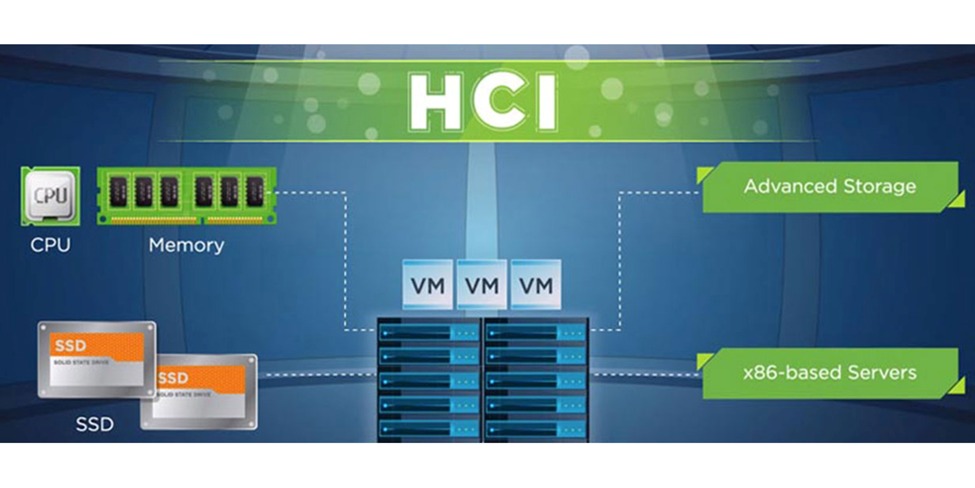Hyper–convergence (hyperconvergence)
is a type of infrastructure system with a software-centric architecture that tightly integrates compute, storage, networking and virtualization resources and other technologies from scratch in a commodity hardware box supported by a single vendor.
The whole idea behind hyperconverged infrastructure is to make life simpler for customers by bringing together a wide array of disparate components into a pre-engineered easy-to-use system.
Hyperconverged storage makes it easier for administrators to manage resources and lower total cost of ownership for storage—securing better pricing on storage than from public cloud service providers in many situations.
Hyperconverged Storage: Pros and Cons
Hyperconverged storage delivers key advantages over traditional and legacy systems:
- Greater flexibility for IT: IT gains greater agility through virtualization and highly-automated processes.
- Reduced IT operation expense: IT operational expenses are reduced while time is freed up so that admins can focus on innovation by completely eliminating storage provisioning and accelerating time-to-completion for common storage tasks.
- Cost savings on storage: Administrators can save on storage costs with hyperconverged infrastructure by architecting solutions that run on industry-standard hardware devices, delivering a lower cost for performance than traditional storage counterparts.
Potential Cons of Hyperconverged Storage:
- Limited capabilities for scale: For storage-intensive applications with limited demand for computational resources, HCI’s scale-up capabilities are not as robust as traditional storage.
- Organizational planning adds complexity: HCI typically requires a new organizational model for IT, collapsing compute and storage teamnto a single HCI administration team, which requires additional organizational planning and adds implementation complexity as compared to “business as usual.”s


